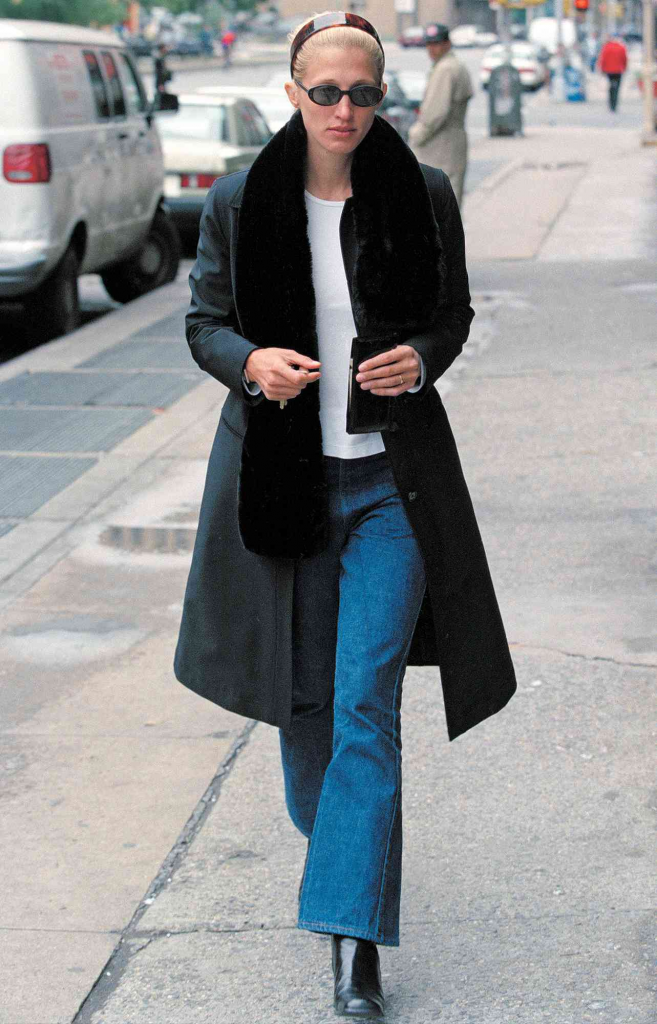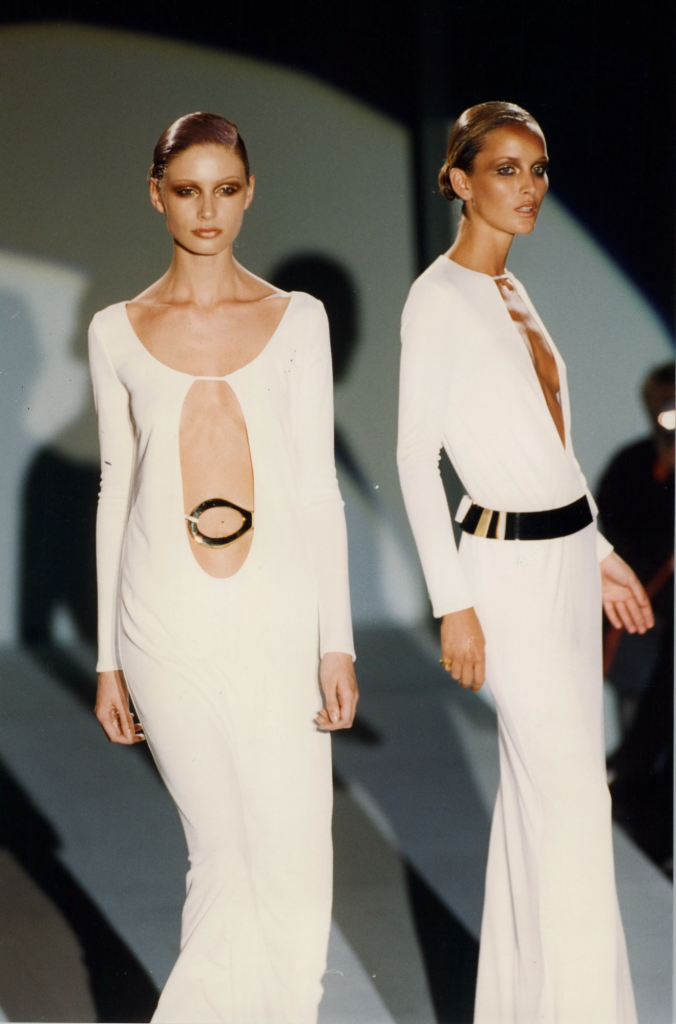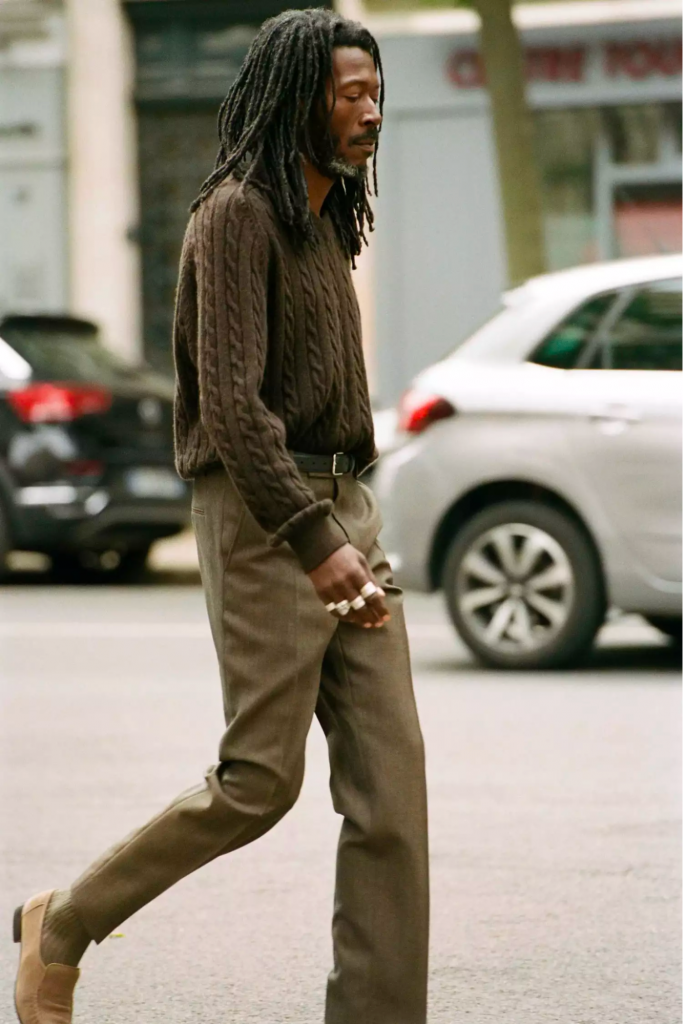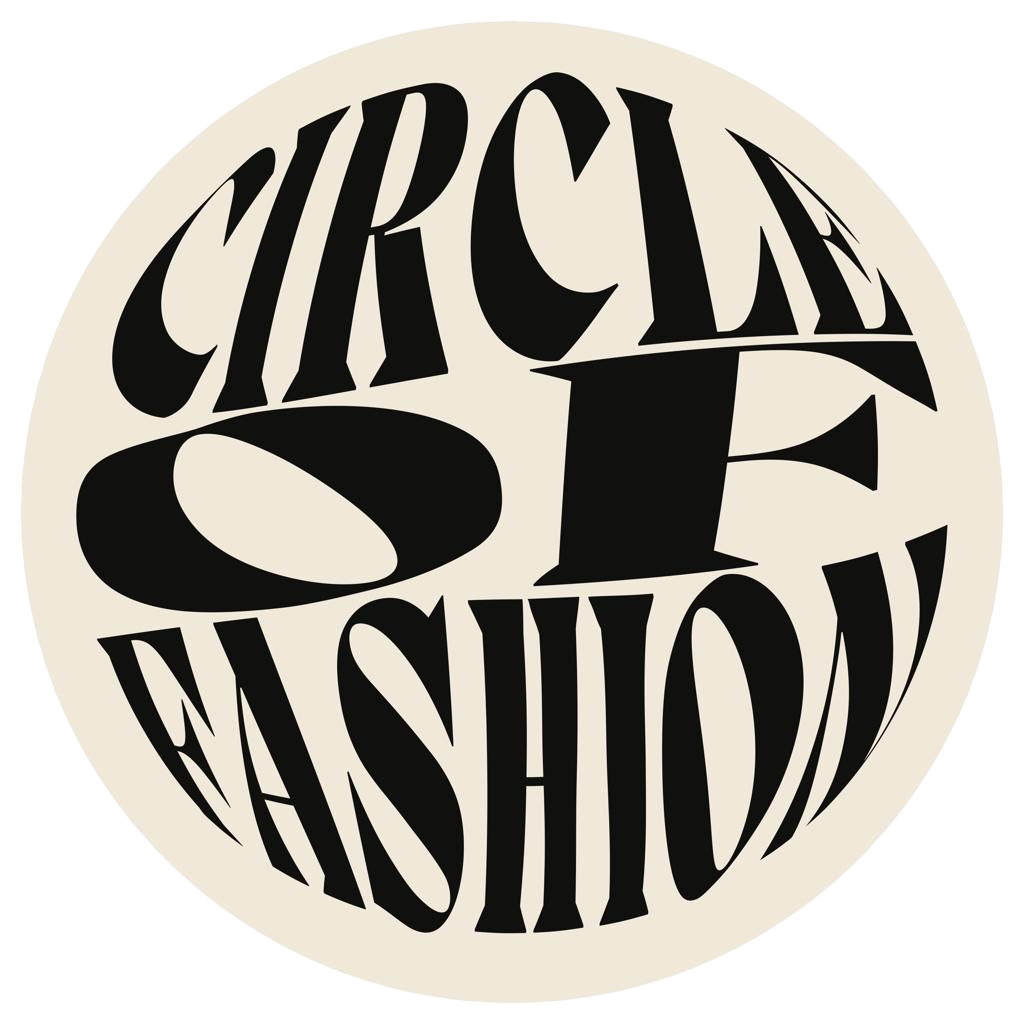Ella Sebok
Edited by Leah Gilbert
We all know the classic The Devil Wears Prada monologue that gave cerulean blue the shoutout of a lifetime; the speech was given to naive fashion intern Andy by her Vogue editor boss, and stand in Anna Wintour, Miranda Priestly who goes on about the power politics of choice in fashion. As Andy watches doe-eyed, Priestly stuns her, saying, “it’s sort of comical how you think that you’ve made a choice that exempts you from the fashion industry when, in fact, you’re wearing a sweater that was selected for you by the people in this room,”. We watch in awe as this gut wrenching line humiliates Andy, but many are unaware that Priestly’s rant reveals an important truth about the fashion industry. Along with Andy, many believe their most simple and timeless clothing items are individual to them when in fact they are pieces of the greater fashion tapestry, woven together by the greatest minds of design. This ignorance is often present in the style of minimalism – an aesthetic many think they perfect through an escape from the scene of the fashion industry. But trying to assume perfection in fashion by looking like everyone else is impossible. Even those who manage to create not only a unique look, but unique perception, through minimalism are guided by the trends of fashion, rather they assume the power of difference that high fashion affords them. They create the illusion of simplicity.
Minimalism is at the very heart of the fashion industry, predicated on the elevation of classic garments that everyone is sure to have in their closet. It is the aesthetic of the silhouette; every piece falling in line with the curves and movement of the body they adorn. The reduced color palette and dramatic structure of the garments creates bold, long lines on the body to draw the eyes away from the garments themselves and towards the wearer. Think of a structured overcoat or a white linen shirt that drapes gently over the body; both pieces define the silhouette with simple colors and deliberate lines that highlight the body rather than the garment.

The style reached its peak in the early 90s, with fashion houses such as Gucci under Tom Ford, Prada, Helmut Lang, and Calvin Klein taking on the trend. The houses debuted a masculine style that contrasted the hyper feminist obsession with supermodels that monopolized the aesthetic on and off the runway. The runway looks were monumental and translated onto the street in an even more influential way. Icons such as Kate Moss and Gwethyth Paltrow used inspiration from the illustrious runway shows to formulate their styles: full of fitted but not too tight, slip dresses, neutral toned tanks, and structured leather jackets that captured the essence of minimalism. Their style was called effortless and classic, and, soon enough, those words transcended the realm of clothing and became attached to the women themselves, as a badge of stylistic perfection.

These women were able to be so fashionable while pioneering minimalism because they embraced the uniqueness of the fashion industry. They transformed their outfits from the simplicity of everyday clothing, to era-defining outfits. Their outfits are pleasing because they are uniquely in alignment with the trends of designers while subtly adding uniqueness that parades as a stroke of simplicity. This illusion- that an outfit was made without thought when, in fact, it was meticulously planned and put together – is an important aspect of the aesthetics of minimalism. The style commands a simplistic aura using muted colors and textures, tricking the onlooker into thinking they could look just as good without investment in the industry. Because of it’s paired down appearance, minimalist style is perceived, deceivingly, as not a mastery of simplicity but effortless and easy to reproduce. Little does the average onlooker know that the perfect minimalist look cannot be replicated. One cannot achieve perfection in fashion by dressing in a minimalist formula to look like everyone else. The perception of perfection is only achieved when the intention of difference transcends the outfit and applies to the wearer’s persona as well.
Miuccia Prada recognized this in her endeavors to create avant garde garments that perfect the aesthetic. She expressed that the, “desire to be different has to come from inside not outside.” For Prada, this internal desire of difference was reflected in her designs. She focused onlooker’s attention to the silhouette, allowing the clothes and person underneath to become inseparable. This is why when Gwyneth Paltow stepped out in a full Prada ensemble in her 2023 courtroom appearance, she assumed the serious and smart qualities of the pieces that reflected a choice to be different, to be better, than others. This is minimalist perfection. The conflation of one who wears minimalist designs with the opulence and perfection of the garments themselves demonstrates how that perfection is anything but simple.
For example, Jenifer Lawrence had a famous comeback to Hollywood in 2023 as a new mother and a more mature version of her Hollywood persona that was once criticized for being too childish. However, she never explicitly stated this transformation. She got a new stylist, bought one of everything from The Row, and adopted a minimalist persona, one of maturity and elegance. Behind the scenes, she worked closely with her stylist Jamie Mizrahi to plan and curate her new style, spending thousands of dollars in the process. The hard work resulted in the facade of ease and a new persona adopted through the sporting of simple linens and dainty accessories. This is the control that the fashion industry can provide one who finds that perfectly subtle difference, and the acceptance into the collective illusion that anyone can do it.

It indeed is not simple to look perfect, or rather unlike everyone else. Minimalist fashion is often mistaken as a formula, but it takes one who is in tune with the industry to be able to find a way to stand out, grasp an air of difference, and transform their entire being with the choice of the right shade of brown or length of pant. Sadly, this acceptance into the fashion industry is often only reserved for the wealthy. Icons of the aesthetic are dominated by social elites such as Princess Diana, Carolyn Bassette-Kennedy, and Kate Moss. Today, minimalism is pioneered by high fashion brands such as The Row that offer a $3,000 simple black turtleneck or a $12,000 cashmere coat. In her article titled “Princess Diana, Carolyn Basette, and the Appeal of Someone Just Better Than You”, Sarah Spellings eerily ends the piece writing, “trying to borrow their look is kind of a trap—doomed from the start by the admission that you are not a Kennedy or beloved royalty,”. Here, the illusion of simplicity becomes layered, as the aesthetic becomes one of exclusivity, and this sense of plainness becomes so ironically complicated to achieve, it mocks those who are unable to replicate it.

There are still trends that perpetuate effortless simplicity at a cheaper price and have become popularized in the fashion world. Librarian glasses – thick framed glasses that transform your face into an effortless balance of sultry and serious – have had a revival with the trend of business wear. They are an affordable minimalist accessory, their frame accentuating the structure of one’s face while their transparency allows the world to peer “inside” the wearer. Again, we see an adoption of a stylistic difference that results in a unique persona: one of a nerdy confidence. Writer Kara Nesvig proclaims of the librarian glasses wearer, “I want her to tell me which AI stocks to invest in. Now picture her stepping into the light, her frames filling with the mystery of a tint. There is no stopping her.” The balancing act of academic but fashionable is another persona that the fashionable styling can afford one who understands the desire to be different. Pair it with a schoolgirl outfit: not too much cardigan, but not too sexy; not too frumpy, but not too youthful; not too buttoned up, but not too undone. Towing the line, as always, for what is effortful and what is not.

When Andy finally gives into the allure of the fashion industry, she transforms her simple cerulean “stuff” into leather jackets and tweed blazers, the 2010s version of perfect minimalism. She only archives this through the internal desire to stand out and her active acceptance of the fashion industry. So, when Priestly affords Andy a bashful smirk, it is the fashion industry telling us that we cannot only put on our simple gray sweater and believe we have made an outfit. It is the drive to find stylistic differences by using the fashion industry’s creativity that will give a perfect outfit, a feat of minimalism, in the eyes of those that do it the best. We all think we can easily replicate this aesthetic, but in order to stand out in a sea of simple styling – using that desire to be different with our fashion – it is ever so effortful, and anything but simple.
